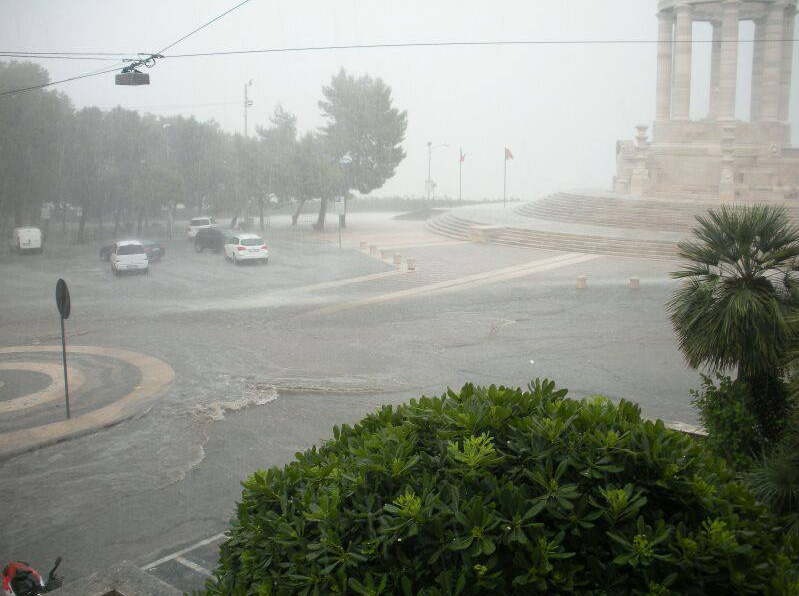State wildlife and environmental officials are investigating a die-off of thousands of fish in the Salt Fork of the Arkansas River in north-central Oklahoma.
Kills were reported on June 4 and again on Monday. The die-off has spread downstream roughly 50 river miles from the initial report near Lamont to its confluence with the main channel of the Arkansas River, which is about seven miles south of Ponca City, according to Kay County Game Warden Spencer Grace, who is investigating the kill.
There is no official estimate of the number of fish killed.
"We're looking at stretches of the river, about a mile at a time, 100 or 200 in this stretch, 50 in the next stretch. You take 100 fish times 50 miles of river, that's a lot of fish," he said.
Both Department of Wildlife Conservation and state Department of Environmental Quality officials have been to the river and taken water samples and fish samples, he said.
Grace would not speculate on the cause of the kill but said it is widespread and "catastrophic."
"I've been working on this the last three days with DEQ and it's been frustrating because so many miles of the river are dead now. There are no fish in the water, no gar, nothing. You only see the occasional turtle. You're not seeing any indicators of new fish dying so we just have to rely on the water tests now."
DEQ spokeswoman Erin Hatfield said water tests would look for a wide range of substances looked for in any fish kill, including heavy metals.
Results will be known in 10 days to two weeks, she said.
There is no official warning to prevent people from going into the water or eating fish from the river, but Grace said he would not recommend it.
Grace said the kill has hit largest fish the hardest.
"I think the smallest one I saw was about three pounds," he said.
"It's killing all aquatic life with the exception of turtles, freshwater mussels and clams. It seems to target species that live on the bottom and the big fish that hang out in those deep holes, so the catfish, buffalo, carp, some paddlefish. It is killing out fish in that system that won't be replaced in our lifetime."
The Salt Fork, which forms the Great Salt Plains Lake where it is dammed in Alfalfa County, has natural salinity but levels measured this week are "astronomical," Grace said.

